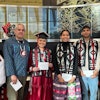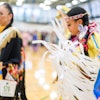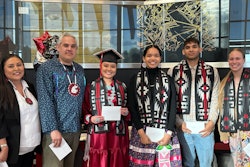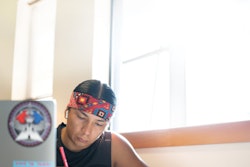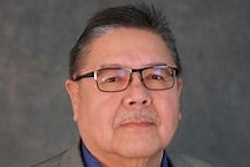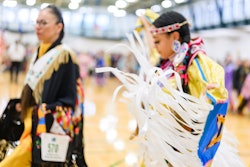For many universities, achieving true diversity on campus — not just meeting a quota of students of different races, but truly fostering an environment that feels like home for a large group of students — is a near impossible task. And as difficult as the task is when discussing African-American, Hispanic and Asian American populations, whose numbers in the general population are on the rise, when considering Native American students, the challenge is exponentially more difficult.
At The Ohio State University (OSU), for example, there are 169 students who identify as Native American, out of more than 60,000 on campus overall. Shannon Gonzales-Miller, director of the Scholars Program within the Office of Diversity and Inclusion at OSU, says part of the attribution for such small numbers on campus may be because more and more students are identifying as being of “two or more races” on admissions forms.
Because of complications with the way the “two or more” data is reported at OSU and the emphasis on alphabetical listings, if a student identities as African-American and Native American, the second classification would drop off of the report. Because of the number of races that appear alphabetically before “Native American” on a form, it becomes difficult to track students with Native lineage under this category, she says.
But students, for the most part, are not just leaving the Native classification off of their forms in favor of another more prevalent racial background.
“Students that are very comfortable and have a strong grounding in their identity will identify” as Native or American Indian, Gonzales-Miller says. “Students that have a sense of ‘There’s some blood or some lineage,’ they won’t identify.”
But Gonzales-Miller knows the reporting does not fully account for the low numbers of students on campus. She says that in a place like Ohio (and the school gets a large majority of its students from within the state), it is difficult to find students with a defined tribal attachment.
